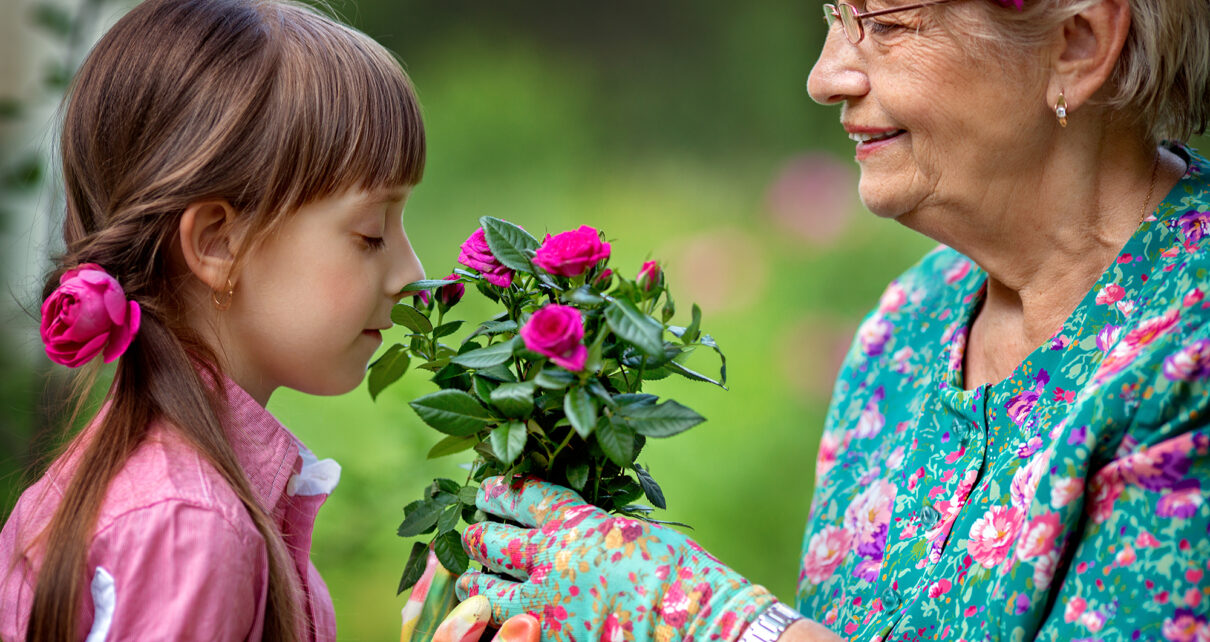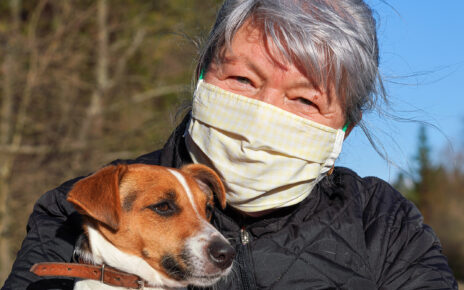by Fahad Aziz, Co-founder and CTO, Caremerge
Seniors living in today’s structured communities are participating in a relatively recent trend, and the culture of these housing options is still evolving. In the early 1980s, the newly popular consumer-centered approach to senior housing quickly segmented to meet the needs of folks with different physical and financial needs.
When financial investment in this sector took off in the mid-90s, senior living facilities had to do more to distinguish themselves from the competition, and a new variety of options emerged. Today, seniors and their loved ones are often most concerned with the quality of life a community fosters – this includes emotional wellbeing of seniors living in communities. Here in the midst of the pandemic, emotional wellness ranks near the top of communities’ concerns.
We’ve long known that as social contact decreases, a senior’s risk of dementia, heart disease, stroke, and hospitalization increases significantly. But the health impacts associated with loneliness aren’t limited to seniors, especially today.
When Harvard ran an online survey in October 2020, they found that over a third of respondents felt lonely “frequently” or “almost all the time or all the time” in the four weeks prior to the survey. An astonishing 61 percent of respondents between the ages of 18-25 put themselves in this category. These numbers affirm the fact that meaningful social connection makes a difference in our emotional wellbeing at every age.
For residents of senior living communities, maintaining strong intergenerational ties plays a critical role in holistic wellbeing – an area of increasing focus in the senior living industry during this pandemic. So, as vaccines become widely available, it’s time to start reinvigorating your intergenerational programming to bolster your community’s emotional health.
Intergenerational Relationships Are Mutually Beneficial
Dr. Sara Kyle of LE3 Solutions is an expert in enhancing wellbeing in senior living communities. Her advice for communities looking to introduce (or reintroduce) intergenerational programming may surprise you: “Do not seek out intergenerational activities as a way for younger people to ‘help’ older people. Reverse this concept.”
Consider how much children of all ages and adults have missed out on time with their elders in the past year:
- What wisdom did they miss out on?
- What kinds of life events have folks outside of senior living communities gone through?
- How can the seniors in your community help support those who have lost their grandparents or parents in the past year?
With these questions and answers in mind, you’ll be well positioned to plan programming that will foster the meaningful connections your whole community needs.
Design Intergenerational Programs with Space in Mind
Whether you’re still limited to virtual programming or you’re already planning outdoor activities, think about the kind of experience you want to facilitate.
Kyle recommends starting with a simple gathering. “Instead of trying to over think the program or plan a party and event, believe that with the right introductions, the right ambience and the right group size organic conversation will occur.”
If you focus too much on the structure and logistics of planning activities, you may crowd out organic, emotional connections. Whatever the activity on your calendar, leave space in the schedule for unplanned conversations to give seniors time to grow new relationships at their own pace.
Intergenerational Activities that Engagement Experts Love
The best activities for building strong ties do just that: look for opportunities for seniors and community members to build or create something together. Highly competitive games like checkers or card games may be popular, but it can be tough to win or lose when you’re in the vulnerable position of meeting a new person.
Instead, consider programming:
- Artistic activities like painting, drawing, and sculpting
- Outdoor fun like planting flowers or gardening
- Book clubs (or reading with young children)
- Contemplative activities like puzzles
With younger children, more active engagement can help pass the time and spend some of their high energy budget. Simple ball bounce and parachute games can be a great way to have fun and encourage seniors to get active.
Coordinate with Community Groups: Local and National
Not sure where to begin? Micah Hunt of the Senior Support Team at Garrett Realty Partners recommends you “start by asking local daycare, preschool, public and private schools of their interest.”
He also recommends reaching out to local colleges that offer nursing and geriatric care programs, as their students may be particularly interested in volunteering with seniors.
If you’re eager to get started, but your senior living community is still limited to remote programming, there are a number of resources available:
- Eldera is a mentorship program that connects older adults to parents with students in need of assistance with home learning.
- The Senior Corps is a US government agency that aligns Dr. Kyle’s line of thinking by helping seniors find volunteer opportunities around the country.
- The AARP Experience Corps offers a volunteer-based tutoring program for school-age children.
- Sharing Smiles fosters intergenerational connections via email through shared stories, poetry, and artwork.
Bring People Together to Support a Holistic Wellness Strategy
Before and after this pandemic, folks living in senior living communities need extra emotional support from the people in their communities, and the return of in-person, intergenerational programming is good news for everyone.
“Connecting with people of all ages offers us the opportunity to view the world through different lenses,” Kyle says. “It evokes past emotions, memories but also allows people to use those experiences to mentor, instruct, and offer wise counsel.”
Everyone will feel a range of emotions as we begin to gather in groups again and as we head toward a reopened society, redeveloping intergenerational channels for emotional support will be key to regaining our collective sense of balance.




